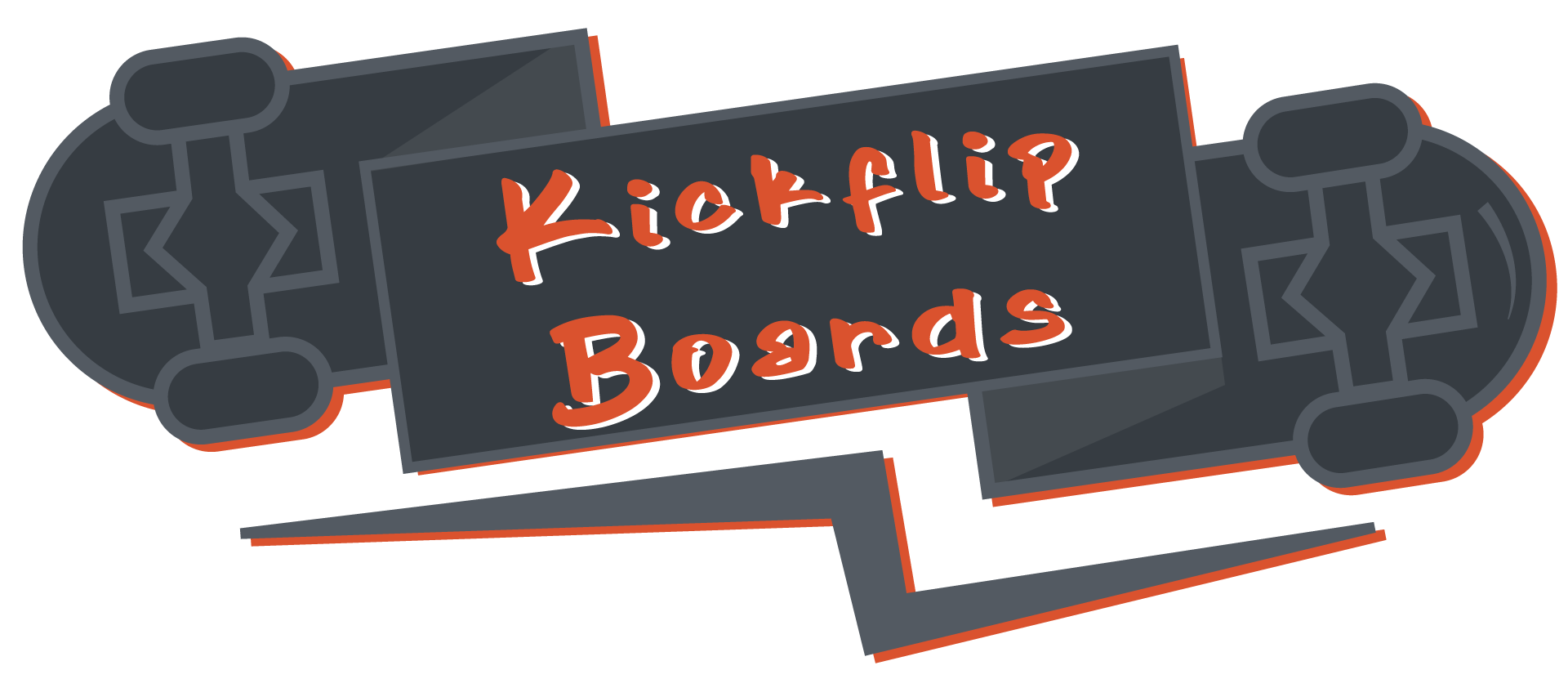Skateboarding isn’t just a thrilling sport—it’s a lifestyle that offers countless opportunities for wellness and self-discovery. Whether you’re a seasoned skateboarder looking to refine your skills or a newcomer eager to embrace this dynamic activity, skateboarding can play a pivotal role in enhancing your physical and mental health. From improving cardiovascular fitness to fostering a sense of community, skateboarding provides a unique blend of challenges and rewards that contribute to overall well-being. In this comprehensive guide, we’ll explore the multifaceted benefits of skateboarding, offering actionable tips to help you stay active, prevent injuries, and maximize your experience on the board. Whether you’re curious about the health advantages, seeking ways to train effectively, or interested in how skateboarding can boost your mental state, this article is designed to serve as your ultimate resource for all things skateboarding-related.
Key Takeaways
- Consistency is Key: Regular, short skateboarding sessions aid gradual skill improvement without burnout.
- Daily Practice Drives Progress: Even brief sessions boost technique and creativity.
- Find Your Rhythm: Adjust skateboarding to fit your schedule for long-term sustainability.
- Enjoyment Boosts Motivation: Embrace a playful mindset to stay motivated and reduce stress.
- Efficiency and Accessibility: Choose skateboarding or running based on personal fitness goals and skill level.
- Prioritize Recovery: Take rest days and use techniques like stretching to avoid injuries and maintain performance.

Is Skateboarding Good for Your Health?
Skateboarding offers numerous health benefits that contribute to both physical and mental well-being. Here’s a breakdown of its impact:
- Physical Health Benefits
- Cardiovascular Exercise : Skateboarding gets your heart rate up, improving circulation and endurance.
- Muscle Strength : It works various muscles, including legs, core, and arms, enhancing overall strength.
- Balance and Coordination : Regular practice improves balance and coordination, reducing the risk of injuries.
- Mental Health Benefits
- Stress Relief : The combination of physical movement and creative expression helps reduce stress.
- Cognitive Enhancement : Engaging in skateboarding challenges the brain with problem-solving and spatial awareness, boosting cognitive function.
- Social Interaction : Skateboarding often happens in groups, fostering connections and boosting mood through camaraderie.
- Additional Benefits
- Creativity : Customizing boards and tricks encourages creativity and self-expression.
- Goal Setting : Achieving tricks and personal milestones can increase confidence and motivation.
For more details on getting started, check out our guide on skateboard exercises .
Most Common Injury in Skateboarding
The most common injuries in skateboarding typically involve falls, collisions, or impacts during tricks and maneuvers. According to recent studies and safety reports, fractures and traumatic brain injuries (TBIs) are the leading types of injuries sustained by skateboarders. Below is a breakdown of the most frequently reported injuries:
- Fractures
- Forearm Fractures : These occur often due to falls or landings gone wrong, especially during tricks like grindrails or kickflips.
- Ankle Fractures : Commonly caused by misjudging the board’s landing angle or collision with objects.
- Elbow Fractures : Resulting from heavy falls or impacts during flips or jumps.
- Wrist Fractures : Often linked to falls or crashes while performing tricks requiring hand placement.
- Head and Skull Fractures : More severe injuries that can result from significant impacts, often leading to concussions or traumatic brain injuries.
- Traumatic Brain Injuries (TBIs)
- TBIs, including concussions, are among the most concerning injuries due to the potential for long-term neurological damage. These injuries typically result from falls, collisions, or accidents involving the head, particularly in skateboarders who do not wear protective helmets.
- Sprains and Strains
- Muscle Strains : Occur from overuse or sudden movements, often affecting the legs or arms.
- Ligament Sprains : Common in the ankles and knees due to abrupt stops or pivots.
- Other Injuries
- Fingers and Hands : Cuts, scrapes, and broken bones from board interactions.
- Eyes and Faces : Potential for eye injuries or facial injuries from collisions or flying debris.
Prevention Tips
To reduce the risk of injuries, skateboarders should prioritize safety measures:
– Wear protective gear, including helmets and knee pads.
– Practice tricks and maneuvers slowly and under controlled conditions.
– Use safer landing surfaces and avoid crowded or uneven areas.
– Stay aware of your surroundings and the board’s movement.
For more detailed information on skateboarding safety and equipment, visit Kickflip Boards to explore resources and guides tailored for skateboard enthusiasts.

How to Train Your Body for Skateboarding
To effectively train your body for skateboarding, follow these organized steps:
- Start with Basic Movement Practice: – Begin by rolling your skateboard around your driveway or a smooth, open area to get a feel for the board. – Practice pushing and coasting to build momentum and control.
- Work on Balance and Stance: – Experiment with different stances (regular and goofy foot) to determine which feels most comfortable. – Try balancing on one foot for increasing durations to improve stability.
- Master Fundamental Techniques: – Learn basic maneuvers like push, kick turns, and cruising. – Practice popping the nose and tail for better trick execution.
- Strengthen and Flexibility Exercises: – Engage in core-strengthening exercises such as planks and push-ups. – Incorporate leg and hip flexibility stretches to aid in movement.
- Nutritional Considerations: – Consume a balanced diet rich in proteins, carbohydrates, and healthy fats to fuel your workouts. – Stay hydrated to prevent fatigue and muscle cramps.
- Mental Preparation and Safety: – Embrace a growth mindset, understanding that falls are part of the learning process. – Wear protective gear, including helmets and knee pads, to minimize risks.
- Consistent Practice and Progress Tracking: – Dedicate time daily to practice, even if only for 30 minutes. – Keep a journal to document progress and set achievable goals.
For equipment, consider visiting Kickflip Boards for quality products and reviews. Their cruiser models are ideal for beginners, offering a balance between maneuverability and durability. Focus on mastering basics before advancing to more complex tricks, ensuring a solid foundation in balance, strength, and technique. By following these guidelines, you’ll be well-prepared to enjoy the thrill of skateboarding while staying safe and improving your skills consistently.

How Many Hours a Day Should You Skateboard?
To maximize progress and minimize the risk of burnout, it’s recommended to skateboard consistently, preferably every day. Aiming for 15 minutes of practice daily is often more effective than attempting longer sessions sporadically.
- Consistency Over Duration: Regular, short sessions can help build skills gradually without leading to fatigue or frustration. This approach fosters long-term engagement and prevents burnout.
- Progress Through Practice: Daily practice helps improve technique, balance, and creativity. Even brief sessions contribute significantly to skill development over time.
- Adapt to Your Schedule: Find a time that fits your routine, whether it’s early morning, midday, or evening. Consistency is key to making skateboarding a sustainable habit.
- Enjoy the Process: Approach skateboarding with a playful mindset. Enjoyment enhances motivation and reduces stress, making it easier to stick with regular practice.
Remember, the goal is to find a balance that works for you. Whether it’s 15 minutes daily or a bit more, the most important thing is to stay consistent and enjoy the ride!
Is Skateboarding More Efficient Than Running?
Skateboarding and running are both excellent forms of exercise, but they offer distinct benefits depending on individual preferences, fitness goals, and physical capabilities. To determine which might be more efficient, consider factors like calorie burn rate, physical health impacts, and personal skill levels.
Calories Burned
Skateboarding typically burns fewer calories per hour compared to running. For someone weighing 155 pounds, skateboarding may burn around 372 calories per hour, while running at a brisk pace (like 5 mph) can burn approximately 606 calories per hour. However, this difference can vary based on intensity, terrain, and individual effort.
Physical Health Benefits
Both activities contribute to cardiovascular health and muscle strength. Running is often praised for its ability to increase endurance and cardiovascular capacity, while skateboarding engages different muscle groups, particularly the legs and core. Skateboarders tend to develop strong lower bodies due to the balance and coordination required.
Skill Level and Enjoyment
Skateboarding requires a certain skill level and can feel less efficient for beginners who are learning tricks or navigating challenging terrain. Running, on the other hand, is accessible to almost anyone and can be done at various intensities, making it feel more efficient for those seeking consistent, low-impact exercise.
Environmental Impact
Running is generally considered more environmentally friendly as it doesn’t require special equipment or contributes less to wear and tear on surfaces. Skateboarding can be more impactful on public infrastructure like sidewalks or parks.
Conclusion
Ultimately, the efficiency of skateboarding versus running depends on individual preferences, fitness goals, and the specific context in which you’re exercising. Both activities offer unique advantages and can be part of a well-rounded fitness routine. For optimal results, consider incorporating both into your workout regimen for balanced physical development.

Should I Take Rest Days From Skateboarding?
Whether you should take rest days from skateboarding depends on your current fitness level, goals, and how your body responds to the physical demands of the sport. Here’s a structured approach to help you decide:
1. Assess Your Fitness Level
- Muscle Recovery: Skating involves explosive movements and uses various muscle groups, particularly in the legs and core. Overuse without adequate recovery can lead to fatigue and injury. Consider taking 1-2 rest days per week to allow your muscles to recover.
- Fatigue Signs: Pay attention to signs of fatigue, such as increased soreness, decreased performance, or difficulty maintaining balance and control.
2. Balance Skill Development and Recovery
- Quality Over Quantity: Focus on perfecting techniques rather than pushing yourself to the limit every session. Practicing fewer tricks with better form can enhance your skills more effectively.
- Session Intensity: Alternate between intense sessions and lighter, technical-focused practices to allow your body to adapt without overtraining.
3. Incorporate Cross-Training
- Alternative Activities: Engage in cross-training activities like cycling, yoga, or weight training to work different muscle groups and reduce skateboarding-related stress.
- Benefits: Cross-training improves overall fitness while giving your skateboard muscles a break, promoting a balanced athletic development.
4. Prioritize Recovery Techniques
- Stretching and Foam Rolling: Post-sesh stretching and foam rolling can reduce muscle tension and aid recovery.
- Yoga: Incorporate yoga to improve flexibility, balance, and mental relaxation, complementing your skateboarding routine.
5. Optimize Nutrition and Sleep
- Diet: Focus on a balanced diet rich in proteins, carbohydrates, and essential nutrients. Proper fueling supports recovery and performance.
- Sleep Hygiene: Aim for 7-9 hours of quality sleep nightly. Good sleep enhances recovery and decision-making abilities, affecting both skill execution and risk management.
6. Maintain Motivation and Enjoyment
- Mix Up Routine: Keep your sessions interesting by exploring new tricks, spots, or music to maintain enthusiasm and motivation.
- Enjoyment Factor: Ensure you’re skating because you love it. Burnout can occur when sessions become a chore, so find ways to reignite passion.
7. Plan for Progression
- Skill Development: Dedicate specific days to practice and master particular tricks, ensuring steady improvement without overtraining.
- Video Analysis: Use video feedback to identify technical weaknesses and refine your approach, making sessions more efficient and effective.
Conclusion
Taking rest days and managing your skateboarding routine thoughtfully can help maintain your skill level while preventing burnout. Start with one rest day a week and adjust based on your body’s response and progress. By balancing intensity with recovery and incorporating cross-training, you can enjoy skateboarding longer and continue to improve.




0 Comments